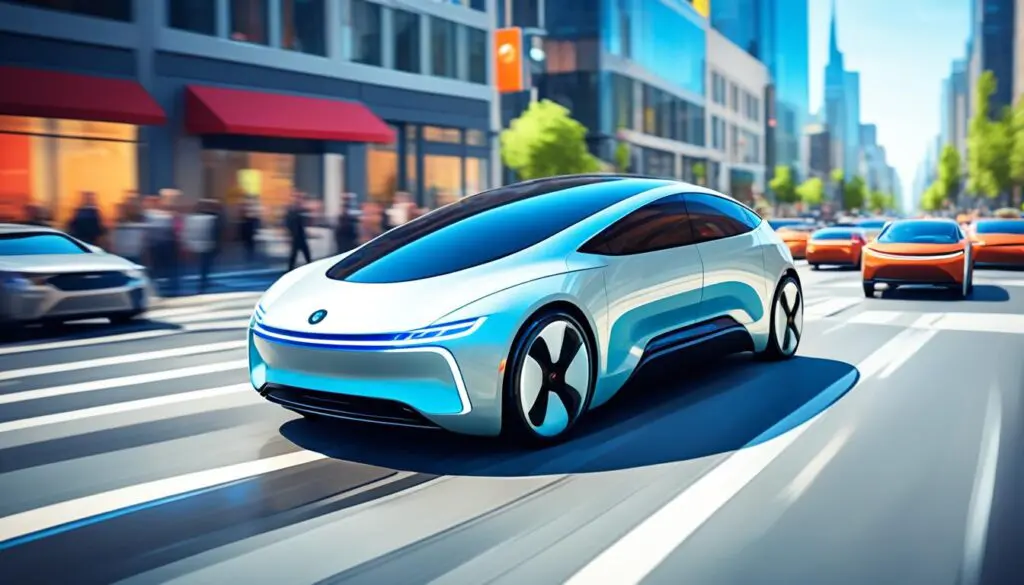Insightful Chronicles
Exploring the world through news and stories.
Roads Without Drivers: The Future of Autonomy
Explore the thrilling world of driverless roads and discover how autonomy will revolutionize the future of transportation!
The Rise of Autonomous Vehicles: How They Change Our Roads
The rise of autonomous vehicles is reshaping our roadways and has the potential to revolutionize personal and public transportation. According to NHTSA, these vehicles are designed to navigate without human intervention, utilizing advanced technologies like sensors, cameras, and artificial intelligence. This shift promises to improve road safety significantly by reducing human error, which is a leading cause of accidents. As autonomous cars become more prevalent, we can expect a transition in urban planning and infrastructure, emphasizing smart roads and vehicle-to-infrastructure communication.
Moreover, the impact of autonomous vehicles extends beyond safety; it also affects traffic regulation and urban development. With the rise of these smart vehicles, experts predict a decrease in traffic congestion and a reduction in the need for parking spaces, as highlighted by the McKinsey & Company. Cities can repurpose parking lots into vibrant spaces for community activities or green areas. As we embrace this technology, it’s crucial to consider the implications for our daily lives and how these innovations will enhance our urban environments in the coming years.

Navigating Safety: Addressing Concerns About Driverless Technology
Navigating Safety: As the development of driverless technology accelerates, concerns about vehicular safety have reached a fever pitch. Numerous studies and reports have highlighted both the potential benefits and risks associated with autonomous vehicles. According to a report by the National Highway Traffic Safety Administration (NHTSA), self-driving cars could significantly reduce accidents caused by human error, which accounts for approximately 94% of crashes. However, skeptics argue that technology is not infallible and that system failures could lead to catastrophic extenuating circumstances.
To effectively address safety concerns, comprehensive measures must be implemented to ensure rigorous testing and regulation of driverless technology. The Insurance Institute for Highway Safety (IIHS) suggests that improvements in software reliability, along with stringent safety standards, are crucial for the widespread acceptance of autonomous vehicles. As consumers consider the transition to this new technology, they must be informed of its limitations and the importance of human oversight to enhance safety on our roads, thus clarifying the path towards future mobility.
What Does the Future Hold for Cities with Self-Driving Cars?
As we look into the future of urban environments, the advent of self-driving cars promises to reshape the very fabric of cities. Autonomous vehicles are expected to reduce traffic congestion significantly by optimizing road usage and decreasing the number of cars needed overall. Urban planners anticipate that with fewer parking spaces required, we could see a transformation of these areas into public parks, green spaces, and pedestrian zones. A study from Automotive News suggests that cities could gain up to 10% more usable land as parking lots are repurposed.
However, the integration of self-driving cars is not without its challenges. Issues such as legislation, infrastructure adaptation, and public trust in autonomous technology remain significant hurdles. Future city designs may need to incorporate dedicated lanes for self-driving vehicles and implement smart traffic management systems to facilitate their safe operation. As highlighted by Forbes, the success of this technology will greatly depend on collaboration between tech companies, city officials, and the public to ensure a seamless transition towards a more automated urban landscape.